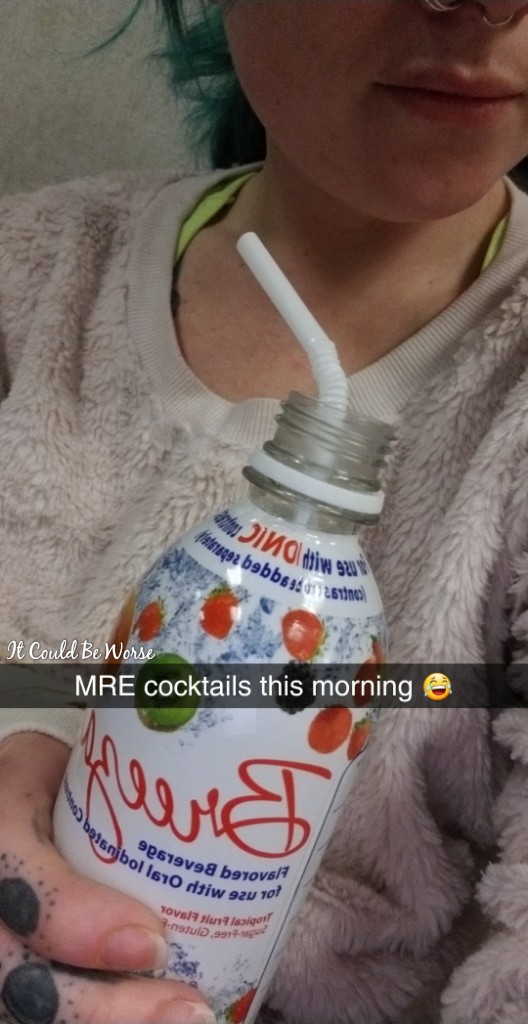In a previous column, I discussed the various imaging scans that medical professionals use to manage Crohn’s disease.
I mentioned one of these, magnetic resonance enterography (MRE), an imaging test using oral or intravenous contrast that helps specialists view the small intestine.
Standard tests such as colonoscopies and endoscopies do not provide a view of the entire small intestine. So, those with Crohn’s disease, specific to the small bowel, often have to undergo further testing, including MRE and capsule endoscopy.

Before an MRE, an oral contrast liquid must be consumed. I’ve taken VoLumen, a barium suspension, which helps to produce detailed images of the small bowel. An IV contrast is often used, and patients may receive an injection of glucagon to slow digestion.
You will need to fast for six hours before your MRE appointment. As with most procedures, patients are advised to stop all foods and liquids at midnight on the day before the scan. If you need to take medication in the morning, you can usually have a few sips of water — ask your doctor for guidance on this.
Your body weight will determine the volume of barium liquid you need. I have been told to consume four bottles, but previously I could only stomach three before I had to call it quits. My tip is to bring a straw with you and drink as much as you can with each sip. The straw seemed to help me avoid the “berry” barium flavor and drink it faster.

The MRE can show inflammation, bleeding, and bowel wall thickening, as well as abscesses and blockages. Fistulas, tears, and bowel wall tunneling can also be seen. This type of information can inform gastroenterologists how effectively the patient’s current medication regimen is managing the disease. It can also show any problems with the small bowel that a colonoscopy or enteroscopy might have missed.
The barium liquid can cause nausea, diarrhea, and stomach cramping, so premedications such as Bentyl (dicyclomine) were previously prescribed for me. After my first MRE, I was very nauseated and had cramps, and experienced urgent onset diarrhea almost immediately after the procedure. The nausea and upset stomach can last for the remainder of the day but should be better by the next day.

The scan begins after you have consumed the contrast solution, and the technician is satisfied that you have a sufficient amount to allow for detailed images. When you are inside the MRI machine, the technician can hear you and speak to you. You may be offered the option to listen to music to mask the machine’s loud noises.
The procedure takes around 45 minutes, during which patients might have to hold their breath a few times to ensure they are completely still while images are taken.
***
Note: IBD News Today is strictly a news and information website about the disease. It does not provide medical advice, diagnosis, or treatment. This content is not intended to be a substitute for professional medical advice, diagnosis, or treatment. Always seek the advice of your physician or other qualified health providers with any questions you may have regarding a medical condition. Never disregard professional medical advice or delay in seeking it because of something you have read on this website. The opinions expressed in this column are not those of IBD News Today, or its parent company, BioNews Services, and are intended to spark discussion about issues pertaining to IBD.

